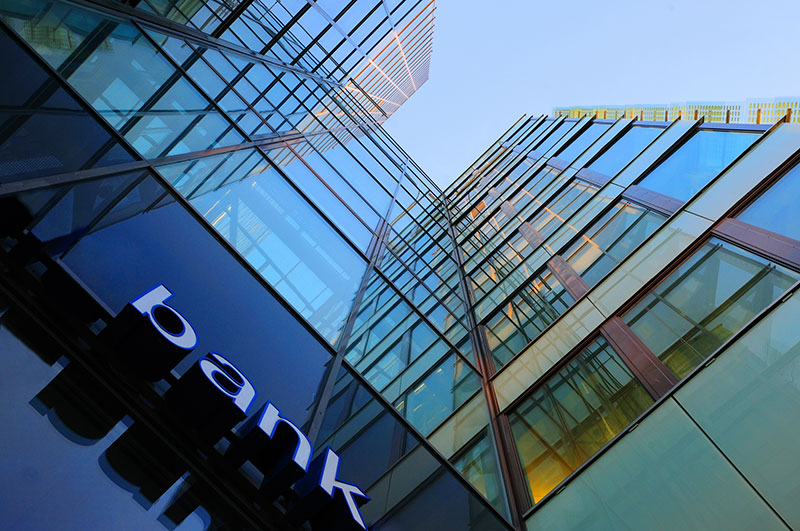Factor #3: Inflation Fears Rekindling
The Fed has made tremendous strides in reining in inflation, from its peak of 9.1% in June 2022 back to 2.7% in November 2024. That said, “the last mile is often the hardest,” as the saying goes. Lately, the Consumer Price Index (CPI)3 has been moving sideways, more or less. Core CPI (excluding food and energy) has been stuck at 3.2-3.3% for the past six months.
Meanwhile, just as US Treasury rates were bottoming out in the fall of 2024, the US presidential election was coming into sharper focus, with neither party saying much to address the potentially inflationary risks of rising federal deficits. Ultimately, Donald Trump won the presidency, and the Republican party swept the Senate and the House.
While the Republican margins are narrow, one-party control of both legislative houses makes it theoretically easier for the president to get key parts of his agenda passed. Many of Trump’s policies are intended to be pro-growth (e.g., deregulation and tax cuts) on top of an already strong economy. In addition, the implementation of new tariffs, as well as proposals to expand deportation of immigrants, have many investors worried about inflation once more.
Finally, many new policy proposals could directly impact the US debt balance, which stood at $36 trillion at year end.4 Estimates of future debt levels have ranged from an added $3 trillion to $7 trillion over the next few years in the absence of drastic changes to spending—which may significantly raise the price the US government pays on newly issued debt.
While the impact of any policies won’t be fully known for some time, the market is trying to project a range of outcomes. As a result, 10-year Treasuries rose 30 bps since the election through year end and an additional 50 bps as of January 10.
Why Cut Rates at All?
Investors should keep in mind that the Fed’s recent hiking cycle took place with unprecedented speed. The federal funds rate went from zero to 5.50% in the span of 18 months—the fastest upward move since the 1980s. Inflation had reached unacceptably high levels in June 2022, and the Fed was aggressively hiking to get it back to a more comfortable level.
As the inflation rate gradually declined toward its target rate of 2%, the Fed remained cautiously aware of the risk of staying overly restrictive for too long. Keeping its dual mandate of price stability and full employment in mind, Fed policymakers were comfortable taking their foot off the gas last September—especially when they saw some weakness in labor markets.
But after having engineered a 100-bps rate cut between September and December of 2024, Fed policymakers have been signaling an awareness of inflationary risks ahead. It’s no surprise that the rate-cutting cycle is on hold for the time being.
Conclusion
The Fed’s recent cutting cycle should be viewed from the lens of an overly aggressive Fed downshifting to a more neutral policy. Some investors may have been caught by surprise as rates ticked higher following the Fed cuts, but, in light of continued strong economic data and fresh concerns about re-inflation, a higher-rate environment starts to make sense.






